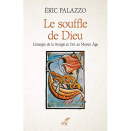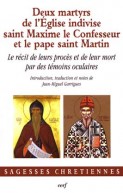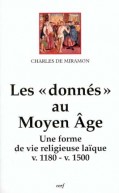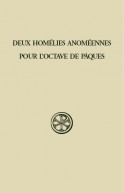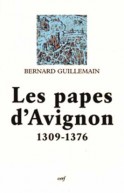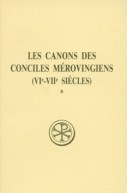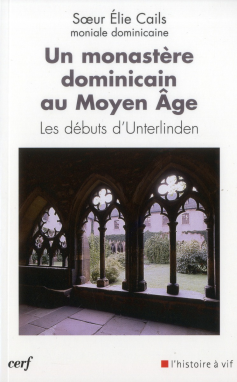
Un monastère dominicain au Moyen Âge
Collection L'Histoire à vif
128 pages - févr. 2013
13,00€
Unterlinden de Colmar : un monastère dominicain allemand du XIIIe siècle, dans les tout débuts de l'Ordre dominicain ; aujourd'hui, un des plus beaux musées de France. Dans ce monastère, fondé en 1232 dans une cité qui avait déjà une longue existence, les sœurs, même cloîtrées, vécurent et subirent les contrecoups de l'histoire de l'Alsace, parfois mouvementée et souvent violente. Qui étaient ces sœurs ? À quel âge entrait-on à Unterlinden ? Sur quoi la vie commune mettait-elle l'accent ? Comment s'exprimait leur foi ? Les « Vitæ sororum », un best-seller de l'époque écrit en latin par l'une d'elles, a servi de base à cette étude, et a permis de cerner ce qui les rend si proches et si profondément différentes de leurs sœurs du XXIe siècle. Le latin, qui restera la langue liturgique, s'effaça devant le moyen haut allemand, la langue usuelle, dans laquelle les écrits de la mystique rhénane furent rédigés quelques décennies plus tard. Des frères érudits ayant permis à ces moniales de bénéficier d'une solide formation, elles purent ainsi entrer dans la mouvance de ce grand courant.
--
The Unterlinden Museum in Colmar was originally, in the 13th century, a German Dominican convent, at the very outset of the Order itself. Nowadays it is one of the finest museums in France. In this convent, founded in 1232 in a city which had already enjoyed a long existence, the nuns, despite being cloistered, lived through and suffered the backlash of events in Alsace’s sometimes turbulent and often violent history. Who were these sisters? At what age did one enter Unterlinden? What things were considered important in their communal life? How did they express their Faith? Vitæ sororum, a best-seller of the period written in Latin by one of the sisters, served as a basis for this study, enabling us to understand what makes these sisters seem so near to us and so profoundly different from those of the 21st century. Latin, which would remain the language of the liturgy, was supplanted by Middle High German, the customary tongue, in which the writings of Rhenish Mysticism would be expressed a few decades later. As learned Brothers had enabled these nuns to enjoy a sound education, they were able to participate in the flow of this great trend.
- Dimensions : 135x215
- ISBN : 9782204098090
- Poids : 200 grammes
DANS LA CATÉGORIE HISTOIRE DE L'ÉGLISE
Deux martyrs de l'Église indivise : saint Maxime le Confesseur et le pape saint Martin
de Jean-Miguel Garrigues
176 pages - nov. 2011
SC 146 Deux homélies anoméennes pour l'octave de Pâques
160 pages - sept. 1976
SC 353 Les Canons des Conciles mérovingiens, I
352 pages - juin 1989

